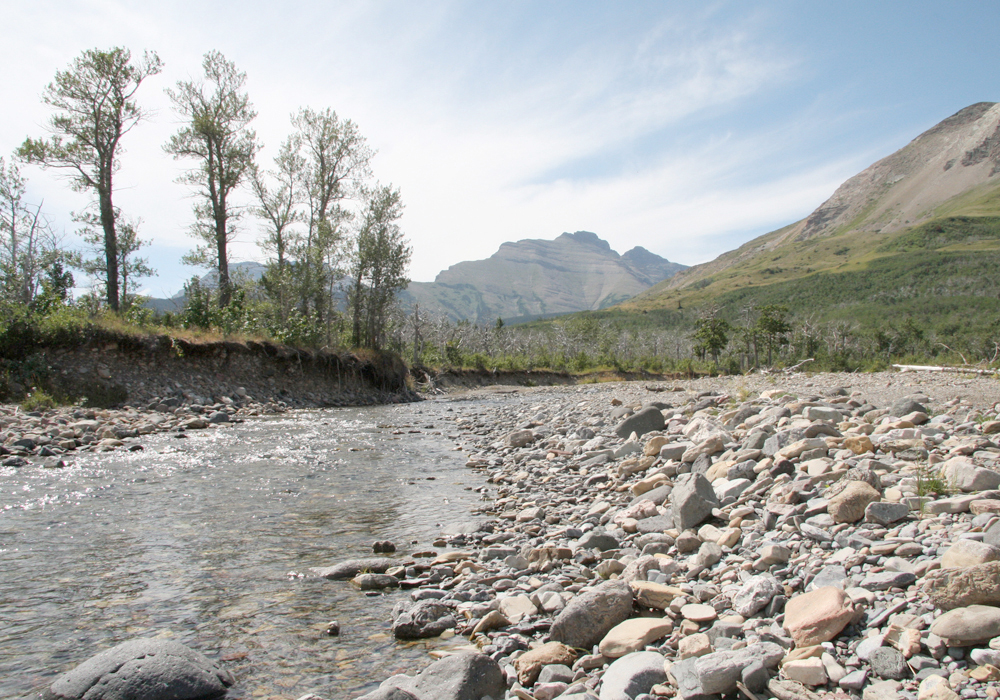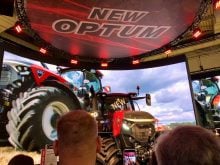Watersheds don’t respect jurisdictional or constitutional boundaries. They grow from where the water flows.
But human societies are governed by complicated legal demarcations that often bear little resemblance to the natural environment they share.
That’s a challenge for watershed authorities with First Nations within or connected to their boundaries, but good relationships between three Manitoba watershed authorities and a western Manitoba First Nation suggest it’s possible for Indigenous and surrounding communities to manage watersheds co-operatively.
“It took quite a bit of time trying to get the trust between the watershed district program and Swan Lake (First Nation), but once we decided we were on a mutual path moving forward to improve the health of the watershed, it was great working with them,” said Neil Zalluski, manager of the Central Assiniboine Watershed District. It was one of the first districts to develop co-operative programs with neighbouring Indigenous communities.
Read Also

Agritechnica Day 2: The future of tractor power, building quicker crop apps and large farms and tech
Agritechnica Day 2: The future of tractor power, building quicker crop apps with Syngenta and large farms and tech
Farming communities, rural communities and First Nations all stand to benefit from well-managed and maintained water drainage systems that cross their boundaries, but a host of social, legal and constitutional issues make simple agreements difficult to achieve.
Watershed authorities in Manitoba are under provincial jurisdiction. First Nations have separate constitutional standing and are part of the federal jurisdiction.
There are also differences in approach between western science-based models for environmental management and Indigenous models involving traditional understandings.
Those realities pose challenges for inter-jurisdictional cooperation, but Zalluski sounded optimistic about the future based upon a number of projects his district had managed to undertake with Swan Lake.
Rotational grazing for a bison ranch was developed, along with a reforestation project. Good relations between watershed staff and band staff helped get things done once the watershed district and First Nation agreed they shared the same goals.
Justin Reid, manager of the Redboine Watershed District, said an erosion control project done in co-operation with Swan Lake managed to reduce destructive runoff down a steep slope of the Assiniboine River, with the project modified and developed as different approaches were tried.
“It’ll truly be a great partnership there,” said Reid.
Cliff Greenfield, manager of the Pembina Valley Watershed District, said developing co-operative projects with Swan Lake was aided by a progressive partner.
“In Swan Lake in particular, they’re very keen on improving the environment,” said Greenfield.
Working with First Nations brings its complexities. Issues like carbon credits run for otherwise eligible work are challenging. But there are also extra resources available. Agriculture Canada’s Living Labs project, which operates on a watershed basis, was praised.
“We wouldn’t have been where we are today without that Living Labs project and the Ag Canada involvement,” said Greenfield.
Consultant Derek Kornelsen said successful co-operation between First Nations and watershed authorities requires more than just good relations between staff on both sides.
“It’s not just the managers that need to be on board, it’s all the land users and landowners in your districts and your boards and First Nations,” said Kornelsen.
















